Completed in 1603, Nijo Castle was built by the first Shogun of the Tokugawa Shogunate: Tokugawa Ieyasu. Throughout its over 400-year history, the castle has stood the test of time, and has seen the start and end of the Tokugawa Shogunate rule in Japan. Come with us as we explore its history further and what you should see when you visit!
The Highlights of Nijo Castle Kyoto
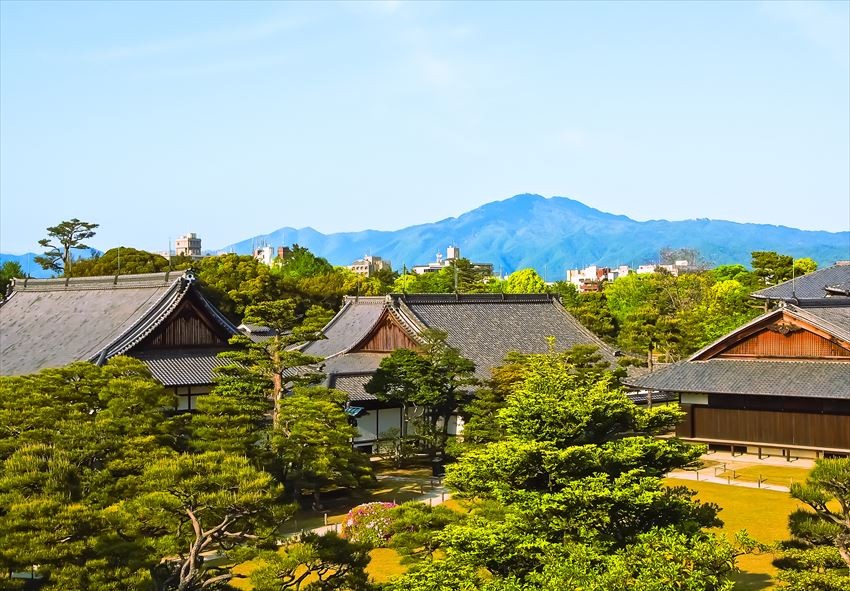
Construction of Nijo Castle, also known as Nijo-jo Castle, began in 1601 at the behest of Tokugawa Ieyasu and was completed in 1603 after he assigned the task to the local daimyo (feudal lord). Nijo Castle is located not far from the Imperial Palace in Kyoto and was visited by the then Emperor Go-Mizuno-o in 1626.
Nijo Castle’s Ninomaru Area
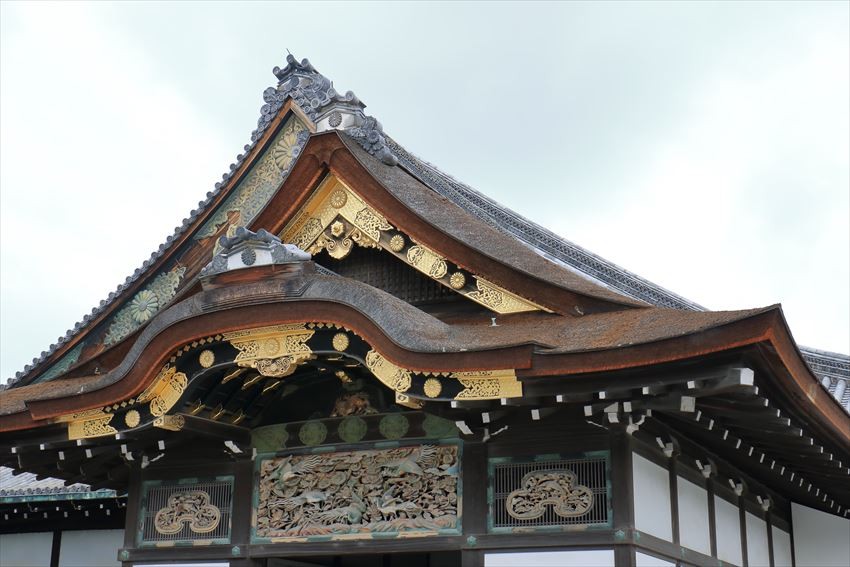
The grounds of Nijo Castle are very beautiful and are split into two major areas. The perimeter of the castle contains the outer moat, which as used as fortification and leads to the Ninomaru (Inner Ward) Palace. It is designated a National Treasure as Japan's only surviving fortified palace complex.
The Ninomaru Palace was primarily used as residence for the shogun when visiting Kyoto and has various gardens that hold a plum tree grove, a cherry tree grove, and other beautiful gardens laid out with ponds and elegant teahouses.
Nijo Castle’s Honmaru Area
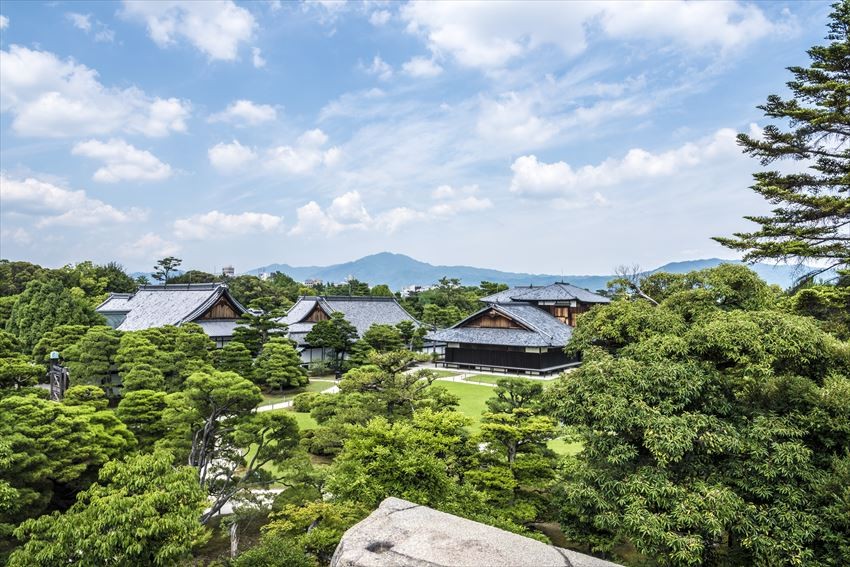
In the center of the Ninomaru area is the inner moat and the Honmaru West Bridge and the Honmaru East Bridge. These were intended as a last line of defense, in the event that an enemy was able to to penetrate the Ninomaru area.
The Honmaru (Inner Ward) area houses the Honmaru Palace and Honmaru Garden. This palace has survived throughout the years and is a rare chance to see the imperial architecture of the time. It was designated as an Important Cultural Property as an example of the the living quarters of an imperial princely family and is beautiful to see in person.
Unfortunately, the Honmaru palace is undergoing restoration and is not open to the public until 2021 except on special viewings, but you can still enjoy walking around the Honmaru gardens and enjoy the many walking paths around the area.
When to Visit Nijo Castle
As the gardens in Nijo Castle have plum and cherry tree groves, the best time to visit is during spring when the trees are in full bloom. Another great time of year to visit is during the fall, as this is the best time of year when the colors of the leaves change and provide a great contrasting view of orange, red, and yellow.
Opening Hours

Access to Nijo is relatively easy, as you can take the Kyoto Municipal Subway to Nijo-jo Mae station or take the City bus to the Nijo-jo Mae stop. The castle's opening hours are from 8:45 am to 5:00 pm, with last admission at 4:00 pm. In July and August, last admission and closing time are one hour later.
The Ninomaru Palace is closed on every Tuesday of January, July, August, and December. The Palace is also closed from December 26th to January 3rd. So make sure to keep this in mind when planning your visit to Nijo-jo Castle.
Nijo Castle Entrance Fee
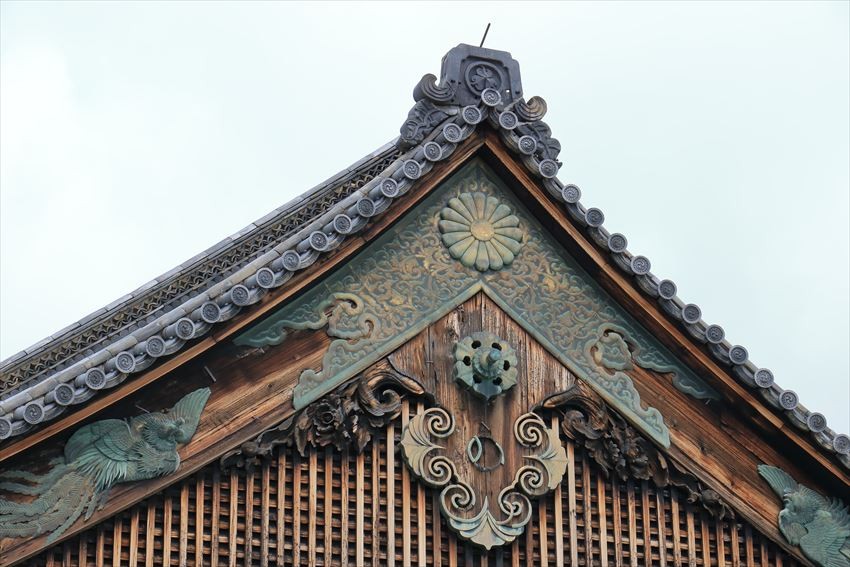
Admission to the castle including Ninomaru Palace is 1,030 yen for adults, 350 yen for junior high school and high school students, and 200 yen for primary school students. The entrance fee drops on days when Ninomaru Palace is closed.
Information
- Name: Nijo Castle
- Street address: 541 Nijojo Cho, Nijo Dori Horikawa Nishi Iru, Nakagyo-ku, Kyoto 604-8301
- Access: A 3-minute walk from Nijojo-Mae Station on the Tozai Line
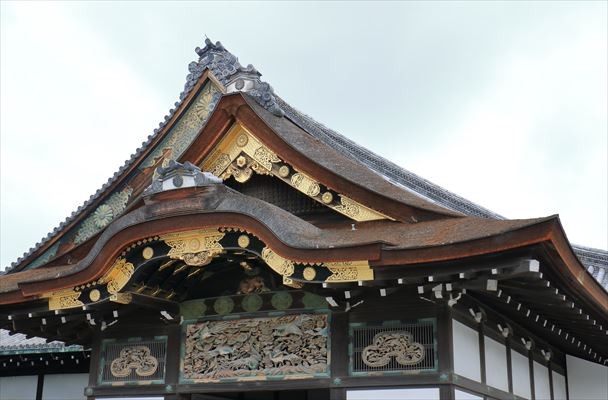

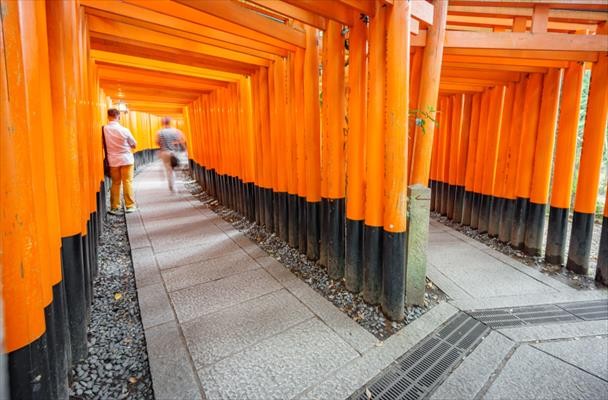
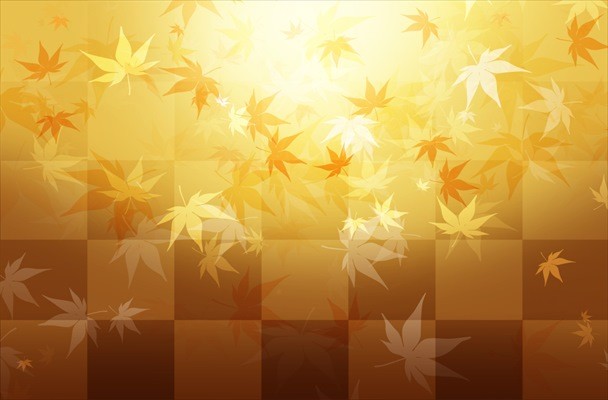
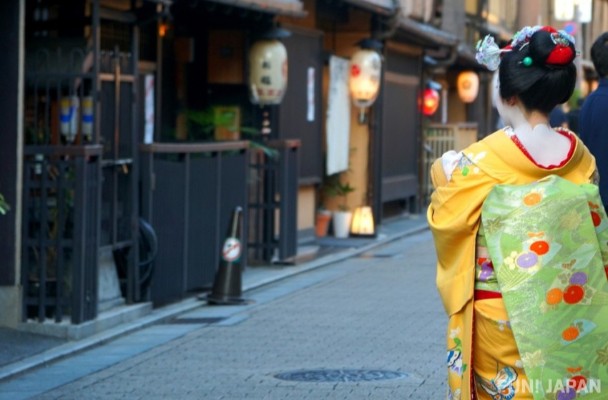
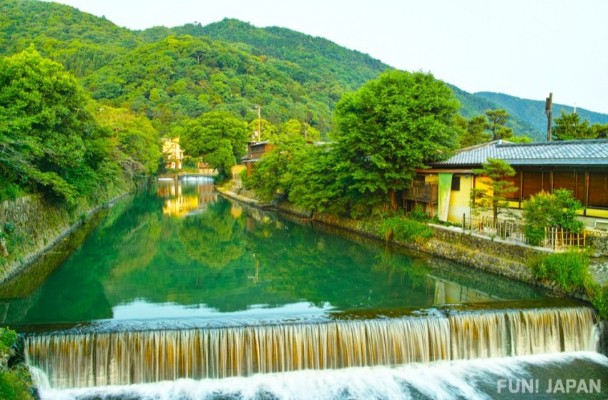
Comments